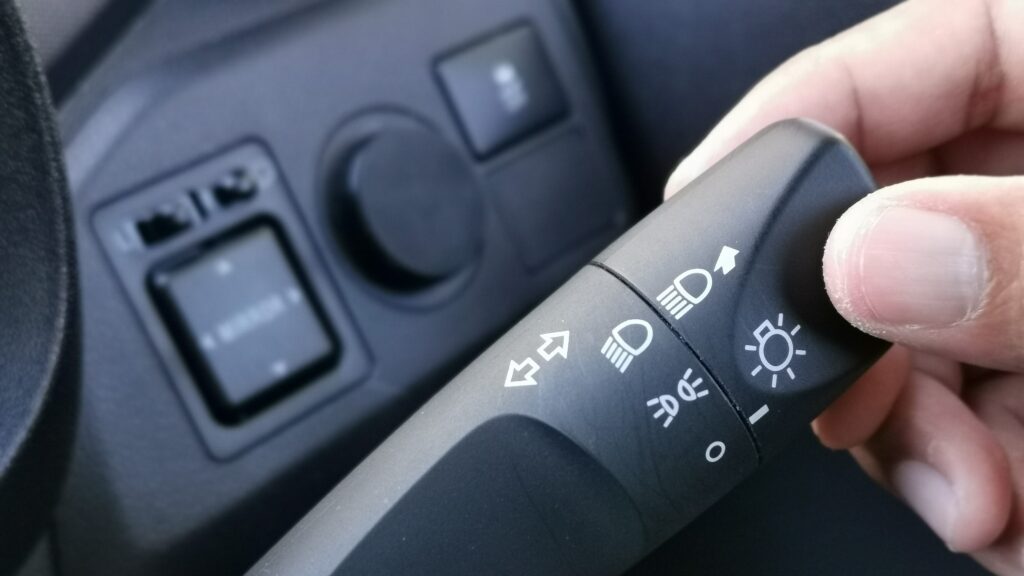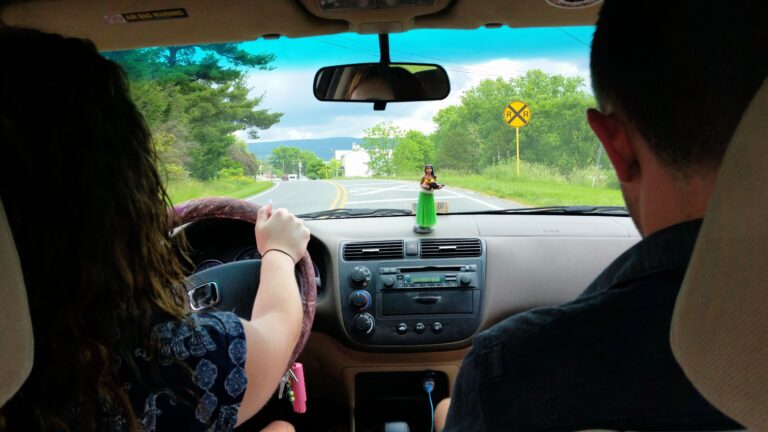No matter how skilled you are, driving in a large and fast-moving state like Florida always involves risks, some predictable and others completely unexpected.
Whether it’s a child chasing a ball, sudden rain making the road slippery, or a distracted driver swerving into your lane, you have just instant to react.
Defensive driving is a method that helps you stay calm and prepared for those exact moments, keeping others and yourself safe in high-pressure situations.
It’s not just about avoiding danger, it also helps you to reduce stress, protect your finances, and become a more confident driver over time.
In this article, you’ll explore how defensive driving works and why it’s one of the smartest habits you can adopt behind the wheel.
What Is Defensive Driving?
Defensive driving is the practice of using safe, proactive driving techniques that allow you to identify and respond to potential hazards before they become a direct threat to you.
Unlike regular driving, which often focuses on reaching a destination as quickly as possible, defensive driving keeps safety as a priority.
This includes:
- Being fully aware of your surroundings.
- Anticipating the actions of other drivers.
- Maintaining a safe distance from other vehicles.
- Driving at a safe speed according to conditions.
- Avoiding distractions and staying focused on the road.
- Being ready to react quickly and calmly in emergencies.
By driving defensively, you’re not just following the law, you’re actively working to reduce risk and protect everyone on the road.
Why Defensive Driving Matters

Whether you’re a seasoned driver or just starting out, understanding why defensive driving matters is crucial to staying safe on today’s busy roads.
This approach to driving helps reduce accidents, save money, and protect lives by encouraging smart, proactive decisions behind the wheel.
Below are the key reasons why defensive driving should be a part of every driver’s routine:
1. Most Accidents Are Preventable
According to the National Highway Traffic Safety Administration (NHTSA), 94% of all vehicle crashes are caused by human error.
These include distractions, speeding, poor decision-making, and lack of attention.
Defensive driving directly addresses these behaviors by teaching drivers to stay alert, anticipate danger, and avoid taking unnecessary risks.
This means that most accidents are not just unfortunate events, they’re preventable.
Practicing defensive driving puts you in the best position to avoid being part of those statistics.
2. It Saves Lives and Prevents Injuries
Every year, a significant number of lives are affected by motor vehicle crashes across the United States, including Florida.
Defensive driving reduces your chances of becoming a victim by keeping you alert and prepared.
When you’re ready to react to sudden stops, lane changes, or erratic drivers, you’re more likely to avoid collisions that could cause serious injuries or fatalities.
In high-traffic areas like Miami, Fort Lauderdale, or Tampa, where accidents are more frequent, defensive driving becomes even more critical.
3. Financial Benefits Add Up
Accidents can lead to significant expenses, vehicle repairs, medical bills, legal fees, and increased insurance premiums.
Additionally, safe drivers often spend less on vehicle maintenance because they avoid hard braking, sudden acceleration, and other behaviors that wear out parts faster.
4. Helps You to Manage Stressful situations and Staying Calm
Driving can be stressful, especially during rush hours or in unfamiliar areas.
Defensive drivers tend to experience less road rage and anxiety because they remain calm and focused on safety.
When you’re not rushing or reacting impulsively to other drivers, you’re more in control of the situation and keep our emotions in check.
Key Defensive Driving Techniques

Defensive driving isn’t just about reacting, it’s about anticipating potential threats before they develop into real danger.
It’s a mindset that prioritizes caution, control, and awareness at every turn.
Below are proven techniques that can help you to avoid crashes and navigate unexpected situations:
Stay Focused and Avoid Distractions
Distractions like texting, talking on the phone, eating, or adjusting your GPS may seem harmless, but they can instantly pull your attention away from the road and reduce your reaction time.
Even a brief glance away from the wheel can lead to dangerous consequences.
Defensive driving begins with staying fully engaged, mentally and visually, with what’s happening around you.
If something needs your attention, the safest option is always to pull over and address it away from traffic.
Maintain a Safe Following Distance
Following too closely, often called tailgating, is a common cause of rear-end crashes.
Defensive drivers use the “three-second rule” to maintain a safe gap between their vehicle and the one in front.
This buffer zone gives you critical time to react to sudden stops or unexpected turns.
If you’re driving at high speeds or in poor weather conditions, increase that distance to four or five seconds to stay safe and in control.
Always Expect the Unexpected
Defensive drivers are always scanning the road, checking mirrors, and watching for signs of trouble.
Look for brake lights ahead, cars drifting between lanes, or people stepping into the street unexpectedly.
Assuming that others may make mistakes helps you stay one step ahead and ready to react.
Adjust to Road and Weather Conditions
Road conditions can change quickly, especially during rain, fog, or nighttime driving.
Defensive drivers adjust their speed, use headlights effectively, and avoid sudden maneuvers in these environments.
Slippery or poorly lit roads significantly increase stopping distances, so it’s important to drive cautiously, even below the posted speed limit, to account for reduced traction and visibility.
Use Turn Signals and Communicate Clearly
Clear communication with other drivers is a core principle of defensive driving.
When you use turn signals early, tap your brakes to signal slowing down, or use your horn thoughtfully, you help others anticipate your actions.
This reduces confusion and minimizes the chance of abrupt reactions or collisions caused by miscommunication on the road.
Keep Your Vehicle in Good Condition
A vehicle that isn’t in good shape increases your risk on the road.
Defensive drivers ensure that critical components like brakes, lights, tires, and windshield wipers are routinely inspected and maintained.
A well-maintained car not only runs more efficiently, but it also responds more predictably in sudden or emergency situations, giving you the control you need to stay safe.
Defensive Driving in Real-Life Situations
Imagine you’re driving on the freeway and someone suddenly cuts into your lane without signaling.
A defensive driver would already be maintaining a safe distance, scanning mirrors, and leaving space to move over if needed.
Or picture this: It’s raining, traffic is heavy, and you see brake lights ahead.
A defensive driver slows down early, keeps both hands on the wheel, and avoids hard braking to prevent skidding.
These small decisions, made consistently, help avoid crashes and reduce danger for everyone on the road.
Why You Should Consider a Defensive Driving Course
Defensive driving courses are available online and in-person throughout Florida.
These programs teach strategies that make you a safer, more confident driver.
Plus, completing a course can:
- Remove points from your driving record.
- Qualify you for insurance discounts.
- Satisfy court requirements after a citation.
Whether you’re a new driver or someone with years of experience, refreshing your skills through a defensive driving course is a smart investment.
Stay Protected: Do your Your Car Maintenance and Prevent Accidents
Defensive driving is more than a technique. It’s a mindset that helps you prevent accidents, protect your life, and stay calm behind the wheel. Every time you choose to stay alert, manage your emotions, and think ahead, you make the roads safer for yourself and everyone around you.
Safety begins with small, consistent actions like:
- keeping your car in good condition,
- respecting speed limits,
- and staying focused on the road.
These habits may seem simple, but they can make the biggest difference when it matters most.
If you ever find yourself in an accident, remember that you’re not alone. Your safety always comes first. Once everyone is out of danger, call 844-324-HURT.
Our team is here to guide you through the recovery process, connect you with a trusted attorney, and help you handle your case with confidence.








